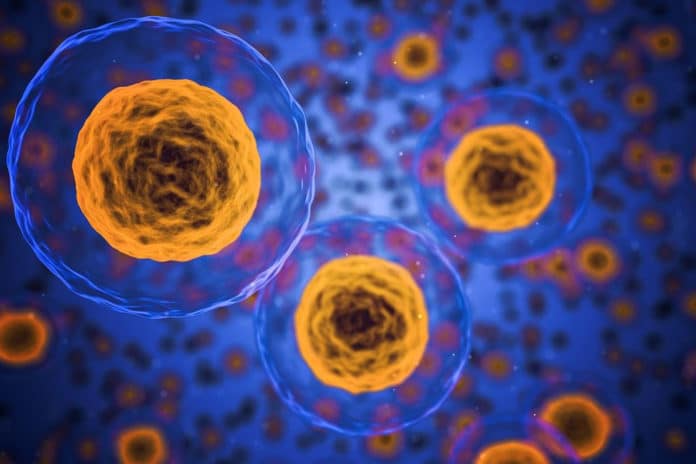Cells like embryonic stem cells and other pluripotent cells divide so fast and become any cell type in the body. For years, scientists have wanted to determine the signals that cause stem cells to switch off pluripotency and adopt their final functional state.
Scientists from the University of Illinois Urbana-Champaign have identified a key regulator of this process. They found a molecule called BEND3 deactivates the expression of several genes associated with differentiation, maintaining the cell’s stem cell-like status.
Downregulation of BEND3 causes cells to adopt their final form and function. Once they differentiate, they usually stop actively proliferating.
In previous studies, BEND3 was a crucial factor in cell cycle regulators. When BEND3 is bound to critical areas along the chromosome, it diminished or obstructed the expression of many qualities. Removal of BEND3 rebounds gene expression.
In this new study, scientists found that many of the genes repressed by BEND3 promote cell differentiation.
University of Illinois Urbana-Champaign cell and developmental biology professor and department head Supriya Prasanth said, “The binding of BEND3 to these genes blocks their expression, preventing the cells from entering a differentiated state. And the moment you remove that control, the cells are now moving toward the differentiation pathway.”
“BEND3 is not the only regulator of the cell-differentiation pathway; it binds to and interacts with many other molecular regulators of this process. But its presence or absence appears critical to determining a cell’s fate, making it an attractive target for potential medical interventions when the process goes awry.”
Scientists published their study in the Proceedings of the National Academy of Sciences.
